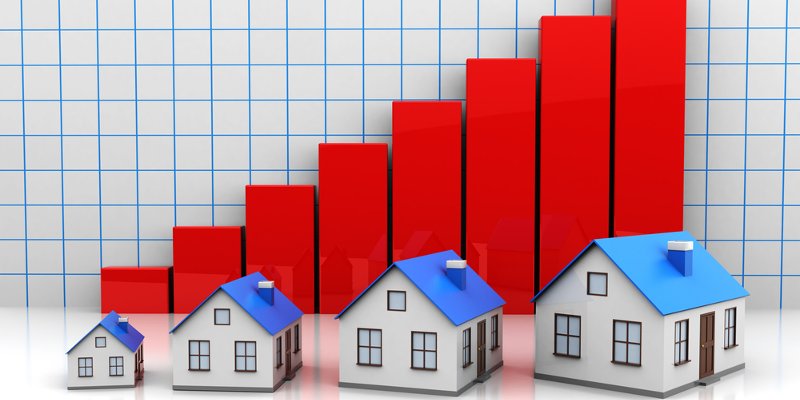There are so many house price reports that the constant talk of what’s happening to property prices can become a little dizzying for buyers, brokers and lenders too.

Matt Tooth is chief commercial officer LendInvest
Which is your favourite house price index? Do you get a kick out of Nationwide? Does Halifax tick your boxes? Or are you a sucker for the ONS?
There are so many house price reports that the constant talk of what’s happening to property prices can become a little dizzying for buyers, brokers and lenders too.
Let’s take December last year. According to Nationwide, house prices increased 0.8% over the month, Halifax reckoned it was 1.7%, while the ONS went for 1.4%. When it comes to annual growth, Nationwide suggested it was 4.5%, Halifax plumped for 6.5%, and the ONS claimed it was a massive 7.2%.
And of course they all had different estimations for what the average property costs, ranging from £205,000 to £220,000.
Of course, they all rely on different data for putting together these indices, and while the ONS version is much more comprehensive, it lags behind the other two.
Nonetheless, there are some common threads between them that can be useful for all of us in the industry.
For example, it is clear that for all the uncertainty created by the fallout from the Brexit vote, desire to buy property, whether as somewhere to live or as an investment, remains strong.
It’s a desire we certainly see here. In the first quarter, monthly applications and enquiries have hit record highs. That’s obviously great news for a lender that is very keen to lend, and some of it can be ascribed to the various changes we’ve made to our product range. Reducing our rates has made us even more competitive, while the time and energy we devote to getting the process right, and delivering a satisfying experience to brokers and their clients means we are seeing healthy levels of repeat business.
But more broadly speaking, brokers regularly emphasise the fact that property remains attractive to investors, despite the many hurdles investors now have to deal with. We are only a year on from the implementation of the additional stamp duty rate for second homes, and there are further challenges ahead with the changes to buy-to-let underwriting standards and the reduction of mortgage interest tax relief. Yet savvy investors are still well aware that buying in the right place still offers outstanding potential returns.
Those who delighted in pointing to government changes as being the death of buy-to-let may have spoken too soon.
Another important point that all of these indices highlight on a regular basis is just how stark the undersupply of property is. Housebuilding rates are improving - the number of new build home starts are at their highest level since 2007. But we still aren’t building anywhere near enough homes to meet demand, and that imbalance will continue until more is done to boost the housing supply.
As a lender that deals extensively with smaller builders, it’s only too obvious to us how these property entrepreneurs are treated as second class SMEs, missing out on many of the incentives and support in place for their peers in other industries.
It is beyond time that the government addressed this state of affairs. Until they do, the message will be the same, no matter which house price index you read: house prices going up, up, up.



